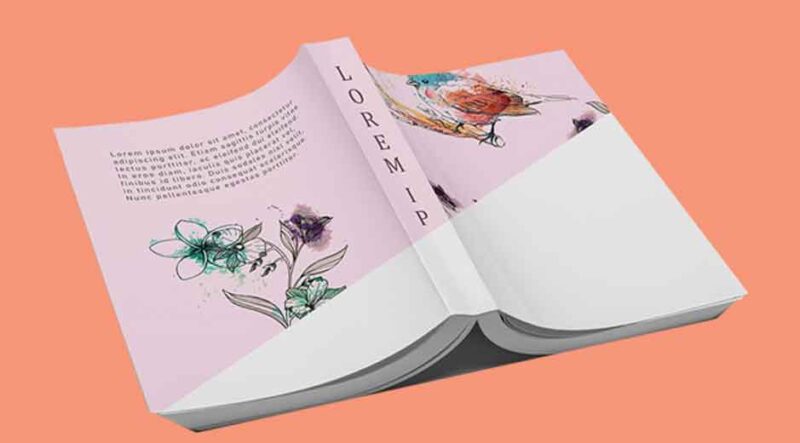Booklet printing enables you to present information in a compact, well-organized, and visually appealing manner. Whether used for training manuals, event programs, or product catalogs, the quality of the final product is influenced by different production choices. Choosing the right features entails more than visual design, as it requires technical planning and understanding of your target audience. Here are five things to think about when selecting booklet and poster printing options:
1. Selecting the Appropriate Binding Style
Binding helps determine durability, usability, and capacity. Saddle stitching, perfect binding, coil binding, and wire-o binding are common formats, and each is beneficial for certain page numbers and types of content. Saddle stitching entails folding pages and stapling them along the center. This method works well for small booklets and is suitable for materials like event programs, zines, and brochures.
Perfect binding results in a flat spine and is suitable for larger booklets, such as annual reports and educational manuals. This binding method creates a neat appearance and works for pieces displayed or stored on shelves. A company creating a product catalog for trade shows might opt for perfect binding to make sure the catalog stands upright and appears professional.
2. Understanding Page Layout and Imposition
In booklet printing, page layout includes the page setup and how the pages look after you fold and bind the booklet. When you impose the pages correctly, their order does not change after binding. If you do not pay attention to this technical aspect, your pages may be out of order or misaligned. This can highly affect your booklet if it includes charts, illustrations, or cross-references.
Poster printing and booklet experts must account for inner margins to prevent text or images from being partially obscured by the binding. When using perfect binding, the inner margin should be wider to accommodate the spine. This helps prevent any visual content from being cut off by the glued spine. When creating a training manual for new employees, a business may opt for a layout that clarifies information by using consistent margins and headers throughout the document. This way, every page is simple to read from either side and has enough white space for notes.
3. Choosing the Right Paper Type and Weight
The type of paper used can affect both the appearance and the feel of a booklet. Different weights and finishes serve varying purposes. You can use text-weight paper inside the book and cover stock for the front to make it more durable. A glossy or matte finish on coated paper improves the clarity and color of images. Use this finish for booklets with pictures or detailed graphics. Uncoated paper has a gentler feel and can be ideal for documents or materials where people are likely to write notes.
4. Determining Trim Size and Orientation
The way individuals will read a booklet depends on its trim size and orientation. Custom sizes can make your work stand out or be more suitable for your specific needs. The orientation of the page should be chosen depending on whether the content is mostly visual or textual. If you have a lot of photos, a landscape orientation can be ideal as it allows you to show wide images. Portrait formats are more suitable for content that is primarily text-based, such as academic guides or onboarding materials.
5. Evaluating Finishing Techniques
Finishing entails adding the last details to a printed booklet after it has been printed and bound. Some of the final touches include lamination, varnish, embossing, and foil stamping. Every technique improves either the look, feel, or durability of the booklet.
Lamination covers the booklet with a film that prevents fingerprints and moisture from damaging it. Finishing is especially relevant when the booklet will be used as a public or brand document. A fashion brand’s lookbook could be made with soft-touch lamination and embossed text on the cover. This gives it a premium feel.
Work With Poster Printing Services
Both the design and the production process must be carefully planned when printing booklets. When professionals understand who the booklet is for and what it is intended to do, they can design more effective materials. If you plan to print a booklet, choose a poster printing company that can help you translate your vision into a well-executed print solution.








